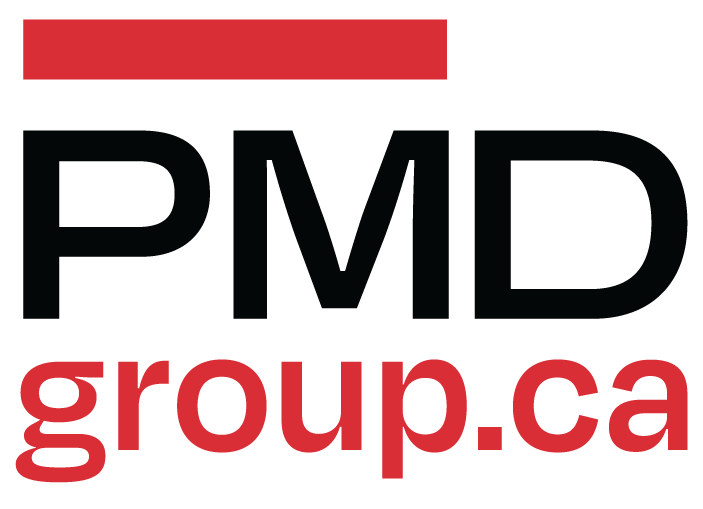5 Steps in Negotiating Warranty Rates
Most vendors are authorized to increase your warranty rate yearly by up to a set percentage if and when you ask for an increase. The onus is on you to ask for it, add it to your calendar every year so you don't forget. Yes! Add this to your calendar right now!
The increases they award are on merit, meaning they must think that the rate increase is justified. Don't be afraid to ask for an increase but be sure to have your data to back up the cost of a truck roll and why you deserve the increase.
There are several KPIs that the vendors are rating you on, including any or all of the following:
Quality of Service(QOS) score compared to the National average.
Parts usage per claim compared to the National average.
Repair Turn Around Time (RTAT) compared to the National average.
First Call Completes(FCC) compared to the National average.
Will you accept sealed system repairs?
Will you take warranty calls on products not bought at your store?
Returns and product exchange requests compared to the National average.
Customer Satisfaction or Net Promoter Score (NPS) with the service experience.
If your current COD or cash call rate is published at $85 for a service trip fee and you're looking for a higher warranty rate than your COD rate, you're going to have some explaining to do. Make sure your house is in order before contacting your regional service manager for each brand you do warranty for. If a manufacturer offers you an $84 warranty call rate, you can't just demand more without justification. Prepare yourself before asking a manufacturer for a warranty rate increase.
Here are five steps to prepare for negotiations:
1. Knowing your numbers for the KPIs above is to your advantage. Have an explanation for those you don't know.
Like anything you sell, you must know what it costs before setting the selling price and warranty service rates are no exception.
2. Know the cost of running a truck. The simple method; take the total expenses for the service department and divide them by the number of truck rolls run in that period. The result is your cost per trip. Next, compute how many first-call completes you had and how many return trips you had. Doing so helps you understand what warranty reimbursement rates are necessary. If the cost to run a trip is $100, and warranty calls take an average of 1.5 trips, you need to be reimbursed $150 per warranty call.
A more in-depth method is to calculate your current cost of doing business and use that in your service rate calculation. You can access an online CODB calculator at CODBcalculator.com. Service rates are set based on the technician's wage, department overhead, and profit multiplied by the service department’s efficiency. (see formula below)
Service efficiency is measured by the ability to resell as many of the technician hours as are paid to technicians daily. Efficiency is also known as First Call Completes or Completed Calls per Day. If you are not measuring this metric, you should start immediately. It's an eye-opener; once the department begins counting, completed calls will improve because everyone is now watching for them. If a technician completes four of their eight dispatched calls in an 8-hour work day, his efficiency is 50%.
3. Know your service area and the distances you are prepared to drive for warranty service calls. With the fuel cost, you should have a mileage clause in every service agreement. Geographic areas are different, but a 20-mile radius around your shop is an excellent place to start. Any service calls beyond 20 miles will incur a mileage charge on top of the negotiated warranty rate per call. Check the going rate per mile and decide on what number you will accept. The 2022 IRS allowed rate for business travel is up 2.5₵ to 58.5₵ per mile driven for work. I would start at $1.50 and come down from there as necessary. Once you have a mileage clause in your contract, start using it on every warranty call with no exceptions beyond your radius. You must also manage your zipcode list or radius for warranty calls.
4. Self-servicing retail dealers have an advantage that independent service providers don't; they sell the product. Don't be afraid to use your sales department to your advantage while negotiating. Have your sales manager sit at the negotiating table with you and the manufacturer's sales rep if possible. How much you sell for each brand can have significant strength in negotiations. Some manufacturer sales reps have access to discretionary marketing funds that can often supplement low warranty rates when the service manager can't move to the amount you need.
5. Understand the actual cost versus the warranty rate. Consider the cost of servicing that brand along with profitability. Factor in the ease of doing business, shipping and freight, co-op and back-end funds, rebates, return policies, etc.
It is good to know who the other servicers are in your market. If brand X has no other options but you, your negotiating just got much stronger. If you can't negotiate a good deal, then it's not worth doing warranty service for that brand
